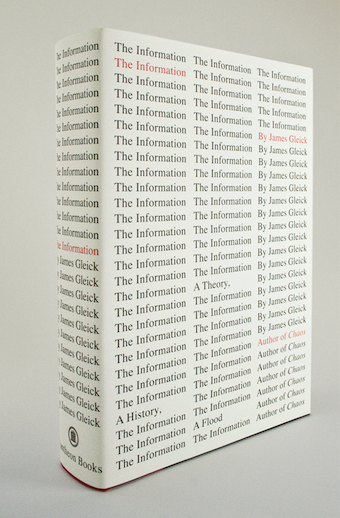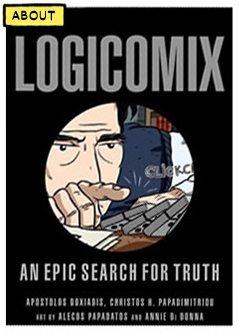Historian of technology Thomas Haigh has written a nice reflection on the intersection of computing and the humanities, We Have Never Been Digital (PDF) (Communications of the ACM, 57:9, Sept 2014, 24-28). He gives a nice tour of the history of the idea that computers are revolutionary starting with Berkeley’s 1949 Giant Brains: Or Machines That Think. He talks about the shift to the “digital” locating it in the launch of Wired, Stewart Brand and Negroponte’s Being Digital. He rightly points out that the digital is not evenly distributed and that it has a material and analogue basis. Just as Latour argued that we have never been (entirely) modern, Haigh points out that we have never been and never will be entirely digital.
This leads to a critique of the “dated neologism” digital humanities. In a cute move he questions what makes humanists digital? Is it using email or building a web page? He rightly points out that the definition has been changing as the technology does, though I’m not sure that is a problem. The digital humanities should change – that is what makes disciplines vital. He also feels we get the mix of computing and the humanities wrong; that we should be using humanities methods to understand technology not the other way around.
There is a sense in which historians of information technology work at the intersection of computing and the humanities. Certainly we have attempted, with rather less success, to interest humanists in computing as an area of study. Yet our aim is, in a sense, the opposite of the digital humanists: we seek to apply the tools and methods of the humanities to the subject of computing…
On this I think he is right – that we should be doing both the study of computing through the lens of the humanities and experimenting with the uses of computing in the humanities. I would go further and suggest that one way to understand computing is to try it on that which you know and that is the distinctive contribution of the digital humanities. We don’t just “yack” about it, we try to “hack” it. We think-through technology in a way that should complement the philosophy and history of technology. Haigh should welcome the digital humanities or imagine what we could be rather than dismiss the field because we haven’t committed to only humanistic methods, however limited.
Haigh concludes with a “suspicion” I have been hearing since the 1990s – that the digital humanities will disappear (like all trends) leaving only real historians and other humanists using the tools appropriate to the original fields. He may be right, but as a historian he should ask why certain disciplines thrive and other don’t. I suspect that science and technology studies could suffer the same fate – the historians, sociologists, and philosophers could back to their homes and stop identifying with the interdisciplinary field. For that matter, what essential claim does any discipline have? Could history fade away because all of us do it, or statistics disappear because statistical techniques are used in other disciplines? Who needs math when everyone does it?
The use of computing in the other humanities is exactly why the digital humanities is thriving – we provide a trading zone for new methods and a place where they can be worked out across the concerns of other disciplines. Does each discipline have to work out how texts should be encoded for interchange and analysis or do we share enough to do it together under a rubric like computing in the humanities? As for changing methods – the methods definitive of the digital humanities that are discussed and traded will change as they get absorbed into other disciplines so … no, there isn’t a particular technology that is definitive of DH and that’s what other disciplines want – a collegial discipline from which to draw experimental methods. Why is it that the digital humanities are expected to be coherent, stable and definable in a way no other humanities discipline is?
Here I have to say that Matt Kirschenbaum has done us an unintentional disfavor by discussing the tactical use of “digital humanities” in English departments. He has led others to believe that there is something essentially mercenary or instrumental to the field that dirties it compared to the pure and uneconomical pursuit of truth to be found in science and technology studies, for example. The truth is that no discipline has ever been pure or entirely corrupt. STS has itself been the site of positioning at every university I’ve been at. It sounds from Haigh that STS has suffered the same trials of not being taken seriously by the big departments that humanities computing worried about for decades. Perhaps STS could partner with DH to develop a richer trading zone for ideas and techniques.
I should add that many of us are in DH not for tactical reasons, but because it is a better home to the thinking-through we believe is important than the disciplines we came from. I was visiting the University of Virginia in 2001-2 and participated in the NEH funded meetings to develop the MA in Digital Humanities. My memory is that when we discussed names for the programme it was to make the field accessible. We were choosing among imperfect names, none of which could ever communicate the possibilities we hoped for. At the end it was a choice as to what would best communicate to potential students what they could study.



